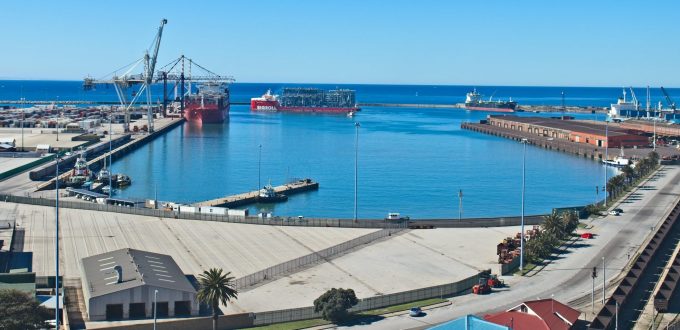Carriers introduce surcharges as congestion builds at African ports
Carriers are beginning to impose congestion surcharges on shipments into African ports as the continent ...

Ocean carriers are refocusing their strategies away from the traditional, but oversupplied, east-west routes, seeking growth in north-south trades – although the burgeoning Indian export market is an outlier.
According to a survey by Alphaliner, African trades recorded the highest year-on-year growth, ...

Comment on this article